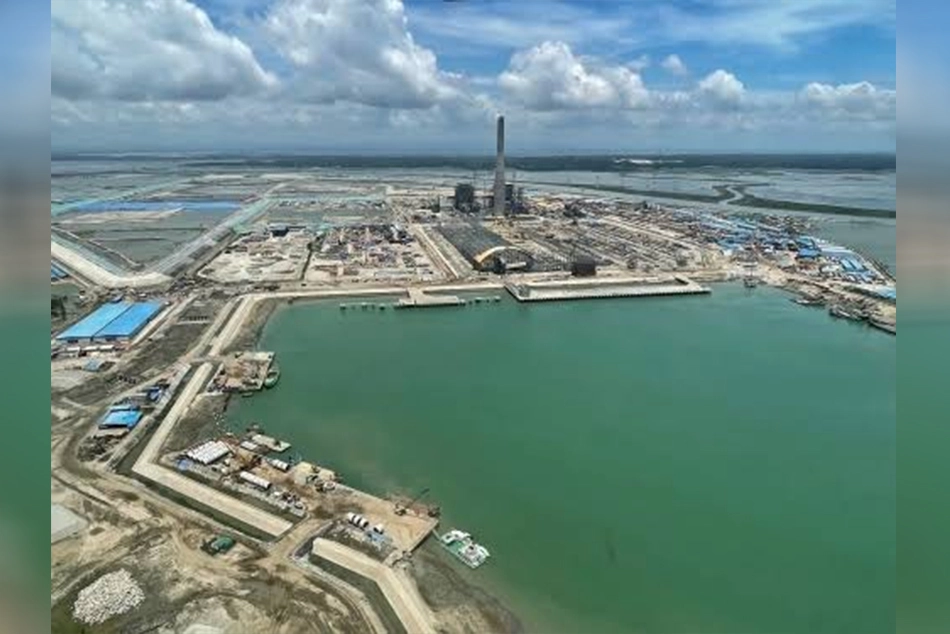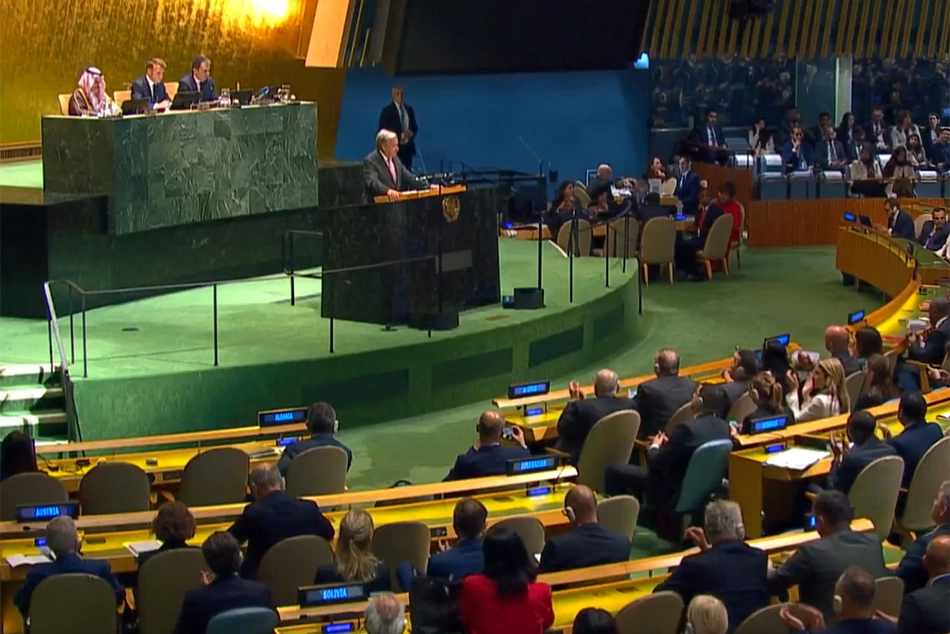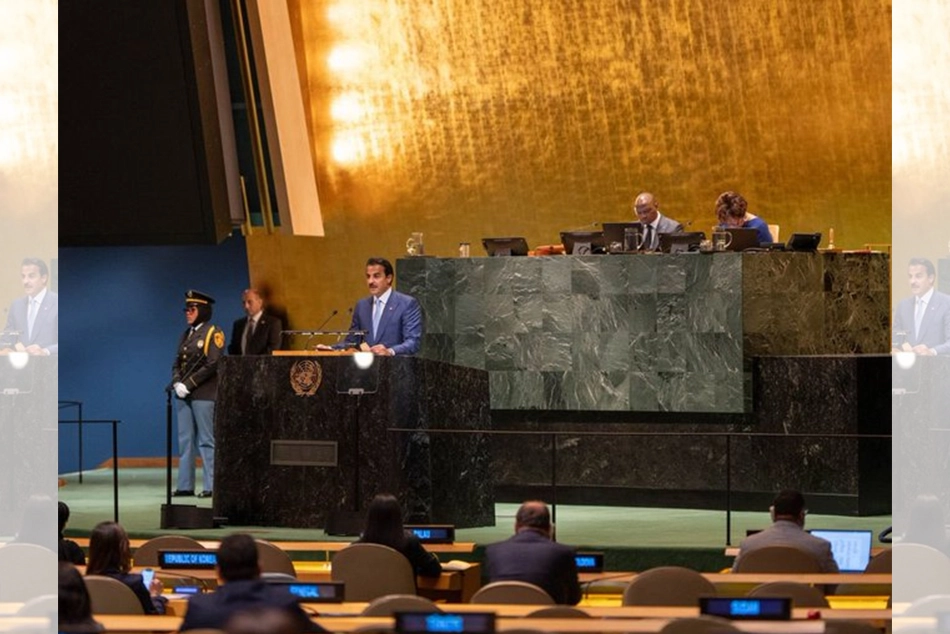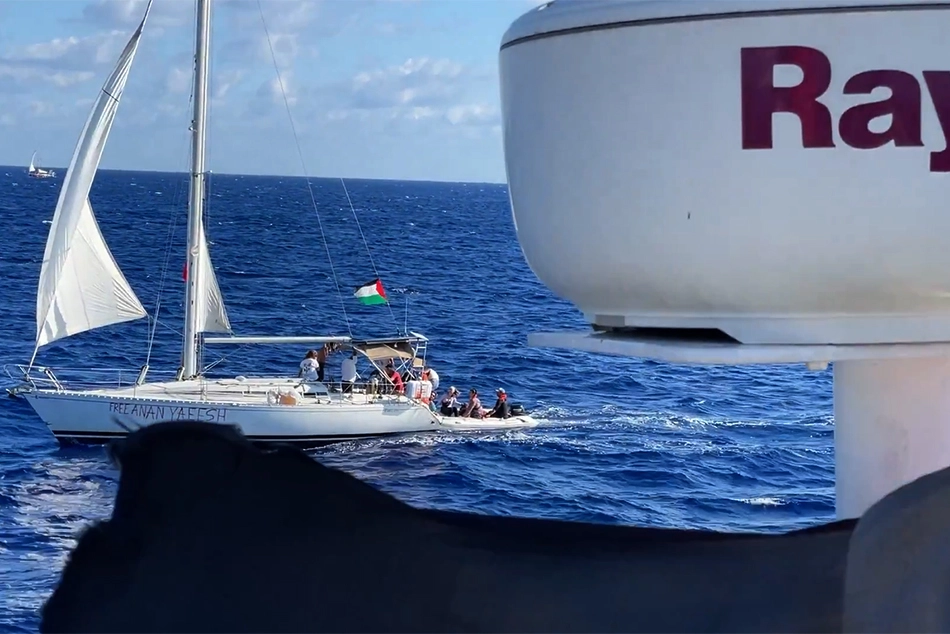
Bangladesh's Deep Sea Port Project has Potential to Improve Regional Trade Ties
The deep-sea port project has the potential to improve regional trade ties, boost investment, create jobs, and support infrastructural development, spurring economic growth for Bangladesh, Northeast India, Nepal, and Bhutan, as well as the surrounding areas of the Bay of Bengal

India has multiple reasons to dislike Bangladesh in the aftermath of the event of the ouster of all-weather friend Sheikh Hasina from power in August 2024.
If we look into previous regimes, Delhi developed heightened relations with Sheikh Mujibur Rahman (1972-1975) and her daughter, Sheikh Hasina (1976-2001 and 2009-2024).
Why?
The Awami League party was literally “owned” by the Sheikh’s family and was tilted towards India when their government was in power. The people did not like it, and thousands of critics, dissidents, opposition, and also journalists were severely punished by both the autocratic regimes.
Not only the Awami League, but also the Bangladesh Nationalist Party (BNP) and Jatiya Party. When the military junta of liberation war veteran General Ziaur Rahman (1977-1981) and the other by General Hussain Muhammad Ershad (1982-1990) floated their parties and recruited politicians mostly from the former defunct Muslim League and pro-Maoist parties.
Interestingly, the South Block in Delhi had love and hate relations with both Rahman and Ershad, but both regimes were suspicious and careful of the giant neighbor.
India reciprocated ‘not-so-warm’ diplomatic relations, but each other’s leaders were on reciprocal official state visits to Delhi and Dhaka.
Presently, Delhi is not happy with the sudden change of regime in Dhaka. The 36-day Monsoon Revolution street protest by Gen Z forced Prime Minister Sheikh Hasina to quit and flee. She sought political asylum in India.
India has not been able to accept the change in Bangladesh because it “did not like” what the students did during the uprising last year.
“We have problems with India right now because they disliked what the students have done,” remarked Nobel laureate Prof Muhammad Yunus, Chief Adviser of the Interim Government.
He was speaking at an event organized by the Asia Society and the Asia Society Policy Institute in New York last week, which was moderated by Dr Kyung-wha Kang, president and CEO of the Asia Society.
He said India’s hosting of Hasina, who has created all sorts of problems in the country and is responsible for the deaths of hundreds of young people, and is not helping bilateral ties between the neighbors.
The United Nations human rights body (OHCHR) claimed that nearly 1,400 people, including students, daily wage earners, vendors, public transport drivers, and children.
“This issue creates a lot of tension between India and Bangladesh. Also, lots of fake news is disseminated from the other side [of the border]. This is a very bad thing,” Yunus lamented while attending the UN General Assembly in New York.
He flagged a piece of fake news claiming that the youth who brought about change in Bangladesh are Taliban.
“They even said I’m a Taliban too. I don’t have a beard. I just left it at home,” he quipped.
Yunus said SAARC (South Asian Association for Regional Cooperation) is supposed to be a bloc of very close family members, and the idea was born in Bangladesh.
“You can invest in Bangladesh. Bangladesh is going to invest in your territory. That’s the whole idea of SAARC,” he said. “All of us benefit from that… This is what we should be doing.”
Yunus said SAARC’s idea was to bring all the countries in South Asia (Afghanistan, Bangladesh, Bhutan, India, Maldives, Nepal, Pakistan, and Sri Lanka) together so that young people can get in touch with each other.
The Chief Adviser said, “Our history allowed us to make that happen, but somehow it didn’t fit into the politics of someone’s country [not naming India], so it had to stop. We feel very sorry for that.”
However, Yunus said Dhaka is willing to revitalize SAARC. “We want to make sure that we open it up and bring people [of South Asia] together. That is the only way to solve our issues.”
“I said, why don’t you look at neighbors, like Nepal, Bhutan, and also the seven northeast states of India. In the eastern part of Bangladesh, seven states don’t have any access to the ocean. These are landlocked regions,” he said, hinting at possible fields of economic cooperation.
The Indian ‘Godi media’ are saber-rattling when Yunus mentioned that Bangladesh would give access to a new deep-seaport being built by the Japanese in the Bay of Bengal. So did the leaders of the radical Hindutva, ruling Bharatiya Janata Party (BJP), when Yunus spoke of giving access routes to landlocked northeast India states.
The Godi media and BJP stalwarts blamed Yunus for interfering in India and attempting to stir a separatist movement in the landlocked states, which will usher in China’s military presence in the conflict. He also mentioned Nepal and Bhutan. The countries welcomed the proposal, which will facilitate their exports through Bangladesh.
Earlier, regional studies suggested that both Bangladesh and Northeast India need to scale up their multi-modal connectivity, which would not only help the region to raise its competitiveness but also narrow long-standing regional development gaps.
The port would immensely benefit economically and create jobs in Northeast Indian states, and Japan proposed a plan for road infrastructure for fast communication to the Bay of Bengal, and also developed backward linkage industries.
Japan has proposed developing an industrial hub in Bangladesh with supply chains to the landlocked northeast states of India, Nepal, and Bhutan beyond by developing a port and connectivity in the region, under the Bay of Bengal Industrial Growth Belt (BIG-B) initiative.
The connectivity will bring synergy in trade facilitation and build express corridors for the transshipment and transit of goods from northeast India to the Bangladesh port in Chattogram.
The former Japanese Prime Minister, Fumio Kishida, Japan’s Free and Open Indo-Pacific (FOIP) Vision, focused particularly on emerging economies and developing countries in the Indo-Pacific region and territories vulnerable to climate change and natural disasters.
It comes after Kishida visited India in March 2023, where he touted the idea of a new industrial hub for the Bay of Bengal and Northeast India that could bolster development in the impoverished region of 300 million people.
After Kishida visited India, Japan approved $1.27 billion to Bangladesh for three infrastructure projects – including an enormous commercial port in the Bay, which will be equivalent to the Port of Colombo in Sri Lanka or the Port of Singapore in terms of water depths, said a JICA (Japan International Cooperation Agency) official in charge of the project.
After the Japanese Prime Minister’s official visit, top Japanese officials visited New Delhi, Guwahati (Assam), Agartala (Tripura), and in Dhaka (Bangladesh). When Japan proposed the port and the economic emancipation of the majoritarian ethnic communities in the Northeast in 2023, the Indians cheered, after Japanese top officials made presentations in the Indian cities.
Japan wants her physical presence in the Bay of Bengal. As prestigious Japanese media Nikkei Asia writes, Bangladesh’s ambitious deep-sea port promises a strategic anchor for Japan and India.
A mega seaport under construction is shaping up to be a strategic linchpin for Japan and India as the QUAD (Quadrilateral Security Dialogue) partners (Australia, India, Japan, and the United States) aim to counter Chinese influence in the South China Sea.
The Red Sun, as Japan is branded, plans to build a Bengal – Northeast India industrial value chain in cooperation with India and Bangladesh to foster growth in the region.
A mega deep-sea port at Matarbari, in southeast Bangladesh waters, is expected to be completed in 2027. The complex will take a major load off of the country’s main Chattogram (formerly Chittagong) port and a trade gateway for northeast India, which would be less than 100 kilometers from the massive port facility.
Whatever the geopolitical strategy, the deep-sea port project has the potential to improve regional trade ties, boost investment, create jobs, and support infrastructural development, spurring economic growth for Bangladesh, Northeast India, Nepal, and Bhutan, as well as the surrounding areas of the Bay of Bengal.
[The writer, Saleem Samad, is an independent journalist based in Bangladesh and a media rights defender with Reporters Without Borders. He is the recipient of the Ashoka Fellowship and the Hellman-Hammett Award. He could be reached at <saleem.samad.1971@gmail.com>; Twitter (X): @saleemsamad. The above article is first published in Stratheia Policy Journal, Islamabad, Pakistan, 27 September 2025. Views are personal.]
Follow ummid.com WhatsApp Channel for all the latest updates.
Select Language to Translate in Urdu, Hindi, Marathi or Arabic







